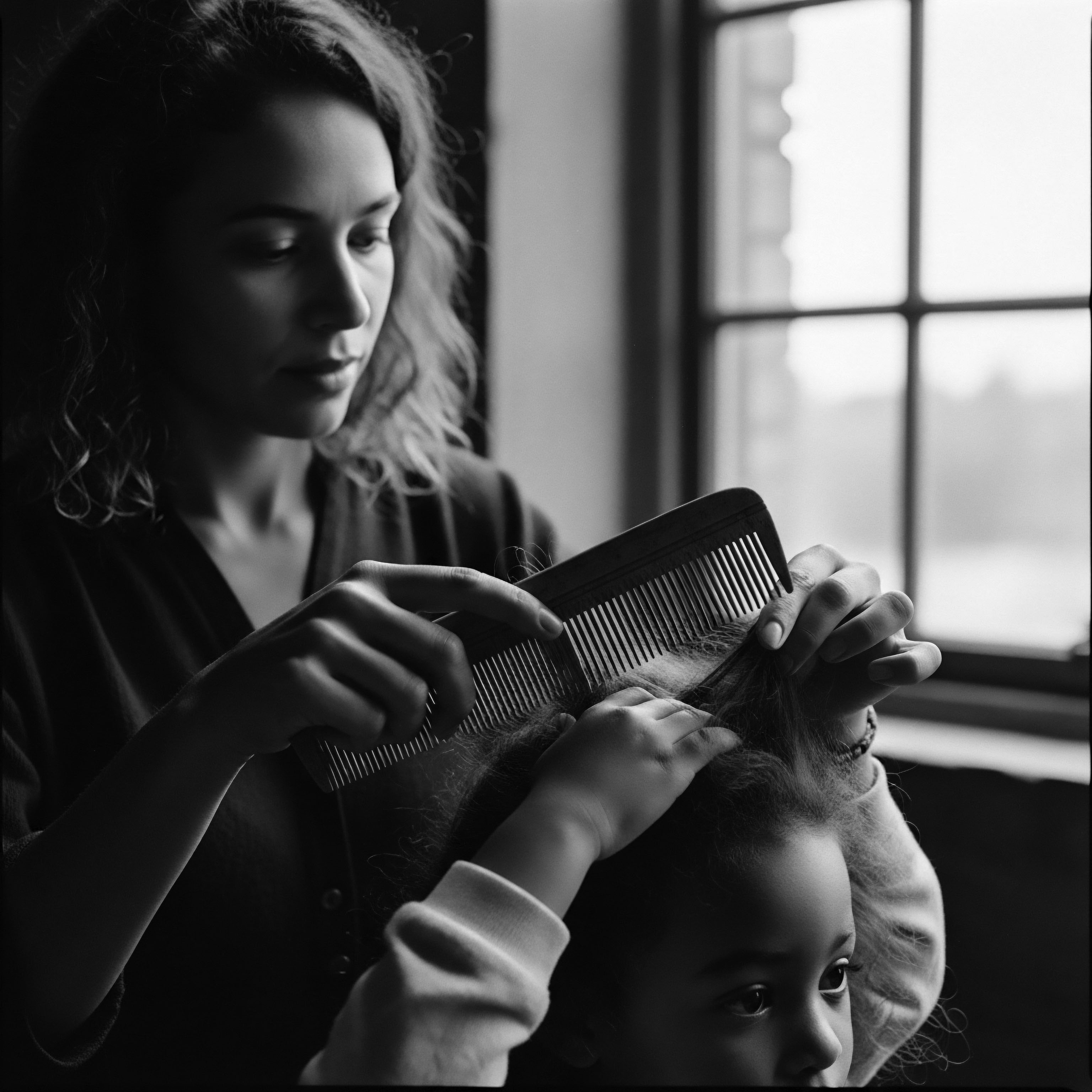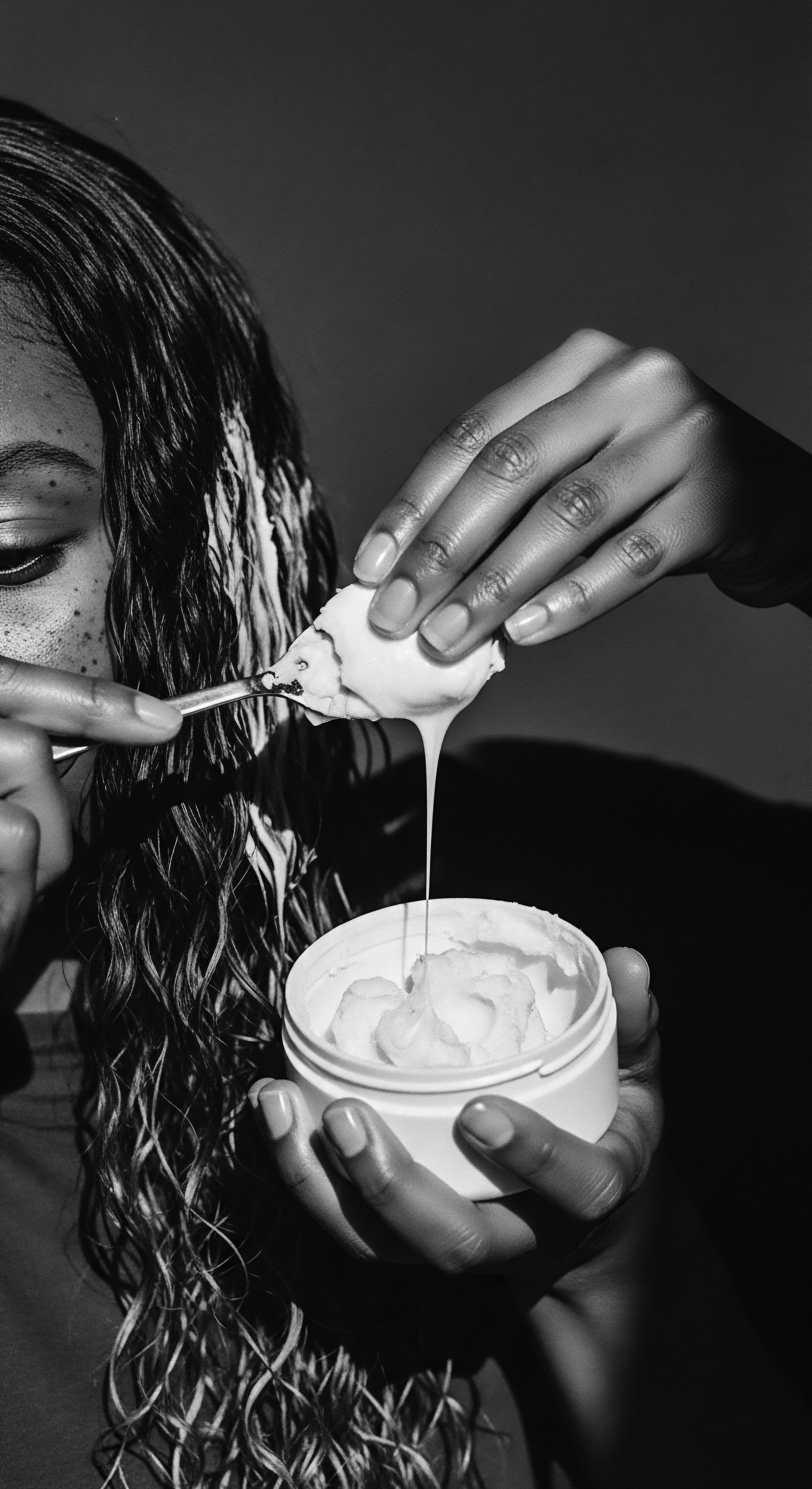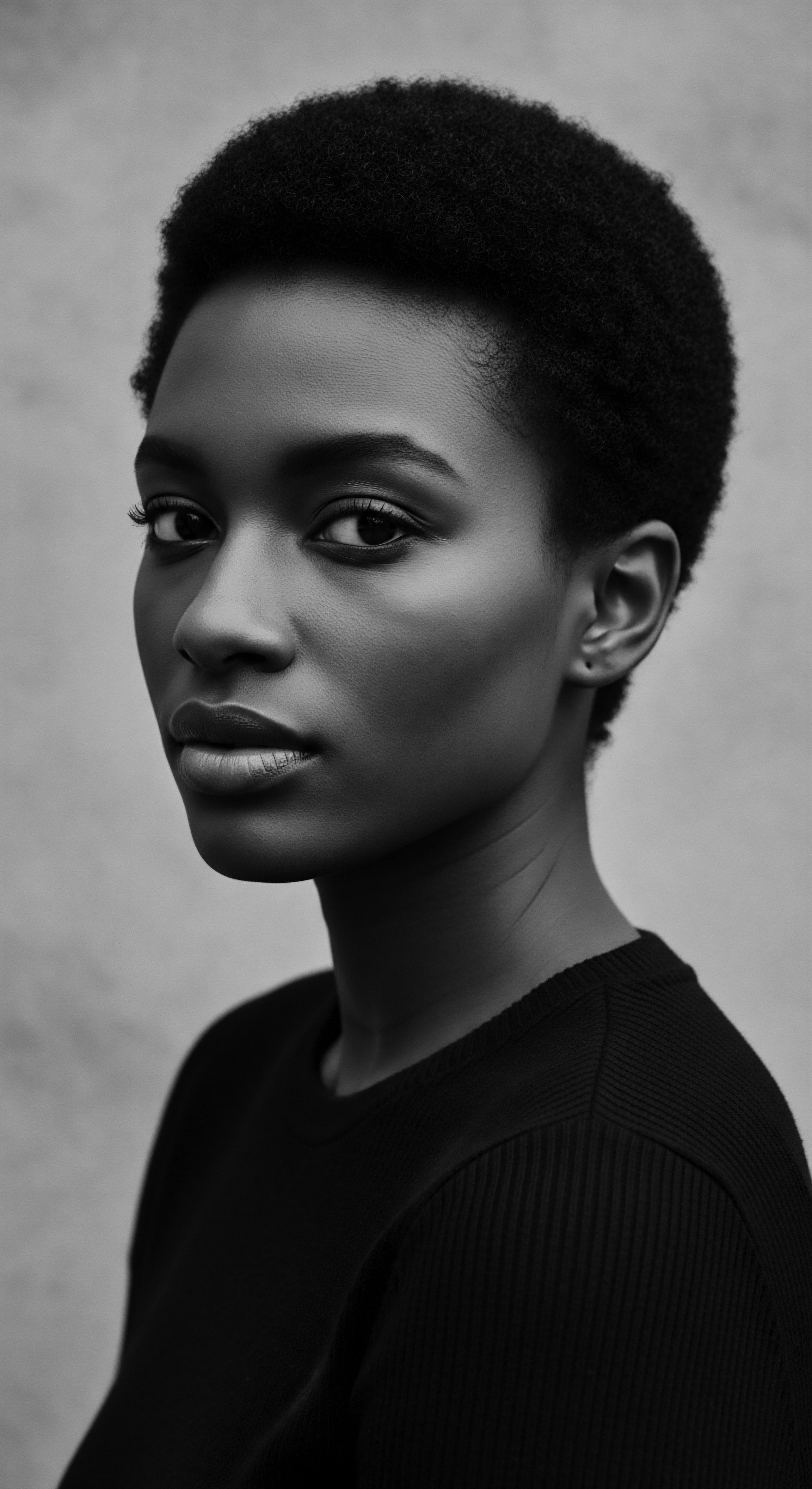
How do headwraps connect modern care to historical heritage?
Headwraps connect modern textured hair care to historical heritage by serving as protective coverings, cultural markers of identity, and symbols of resilience against oppressive norms.

What is the lineage of textured hair cultural practices?
Textured hair cultural practices represent a rich heritage of identity, resistance, and communal care originating in ancient African societies.
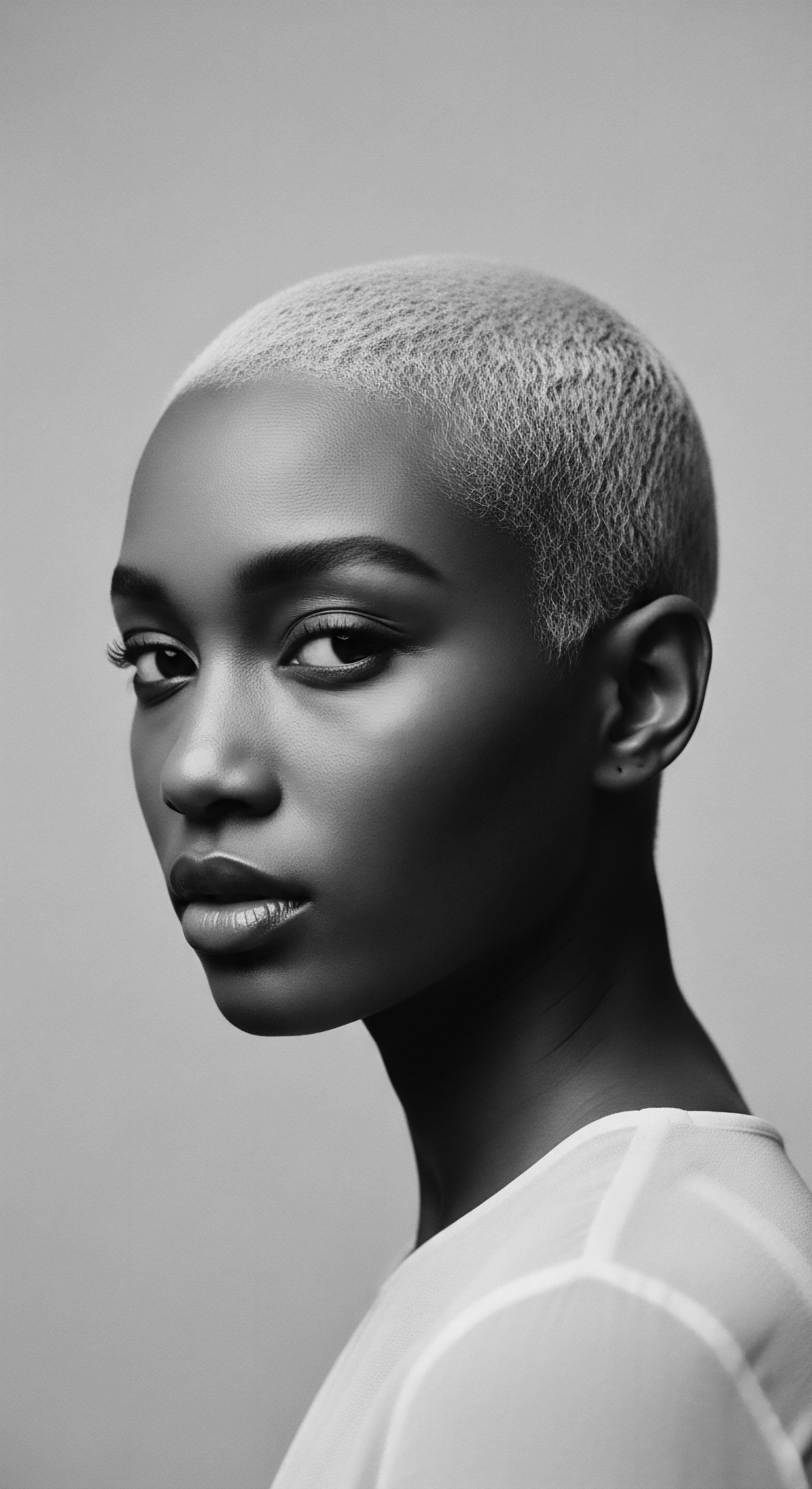
How did the Tignon Laws reshape hair covering heritage?
The Tignon Laws compelled head coverings, yet Black and mixed-race women transformed them into symbols of defiant beauty and cultural pride.

What is the cultural significance of hair coverings in Black and mixed-race heritage?
Hair coverings in Black and mixed-race heritage symbolize protection, resistance, and a profound connection to ancestral identity.
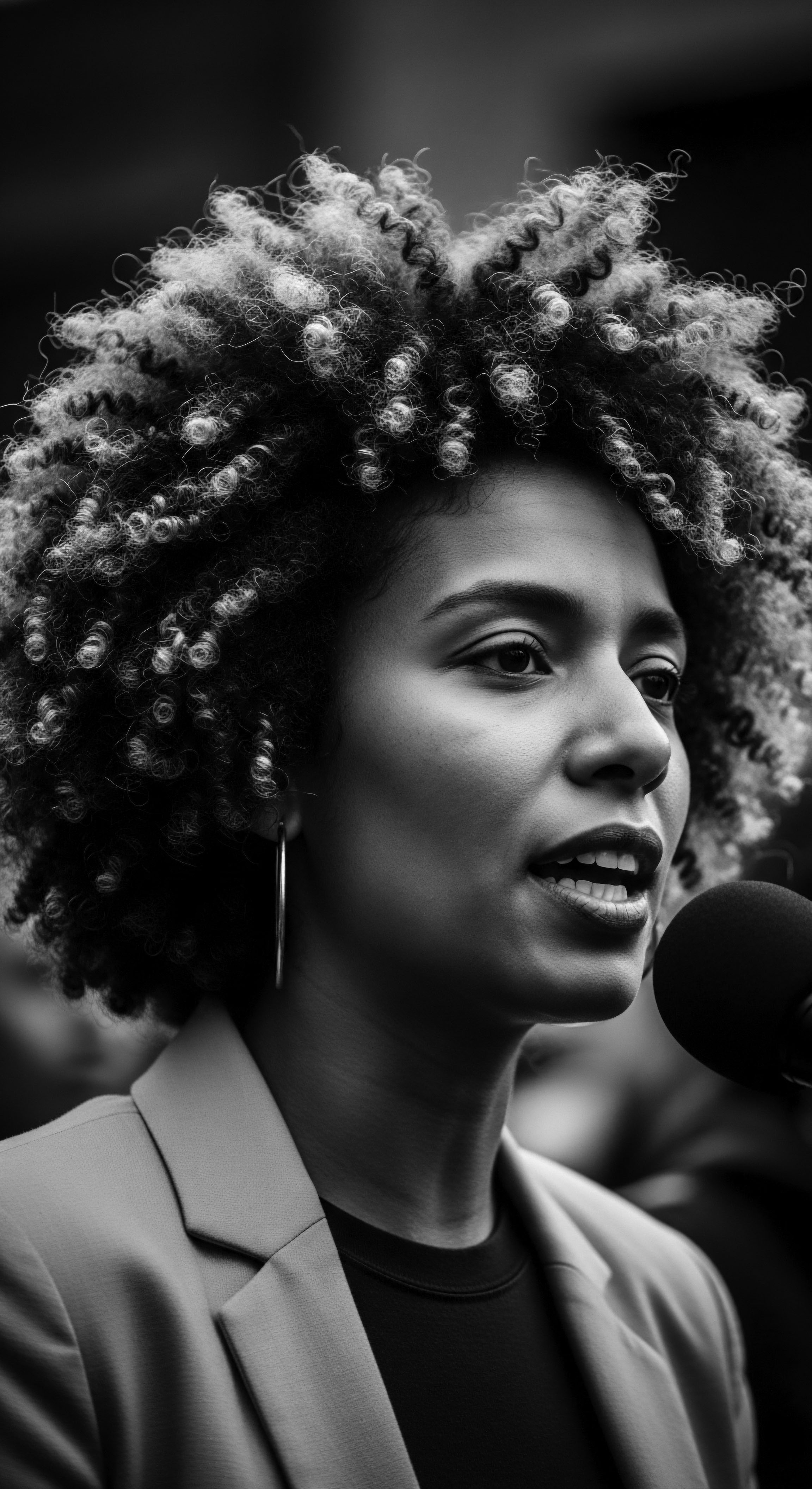
What historical events shaped textured hair care practices and identity?
Historical events transformed textured hair care from ancient cultural reverence to symbols of resistance and self-acceptance, rooted deeply in heritage.
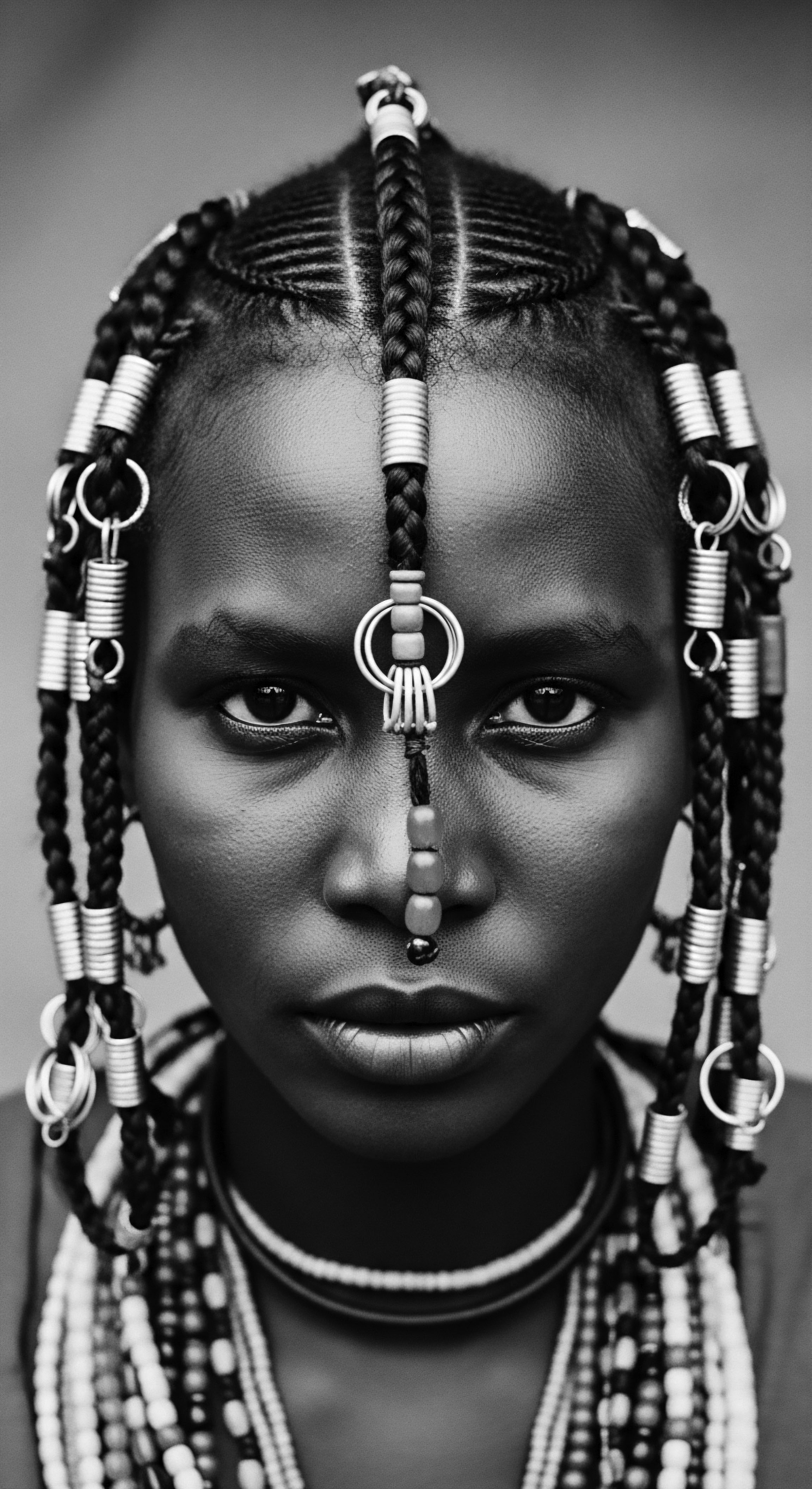
How did Tignon Laws redefine hair heritage?
The Tignon Laws redefined hair heritage by forcing concealment, leading to an ingenious transformation of headwraps into symbols of resistance and cultural pride.
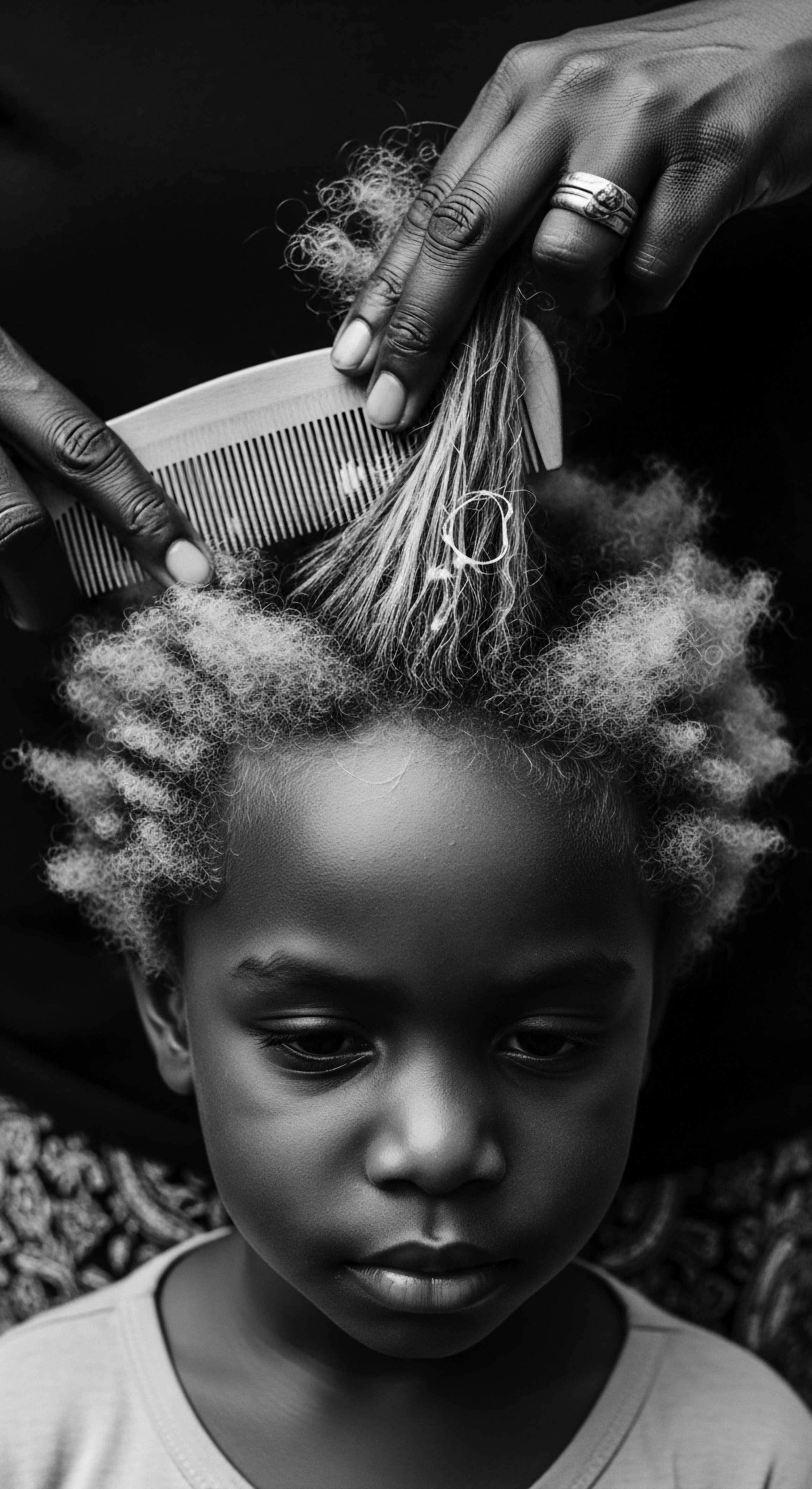
How did historical laws influence the perception of Afro-textured hair?
Historical laws altered Afro-textured hair's public perception, forcing conformity but sparking powerful acts of cultural heritage preservation.
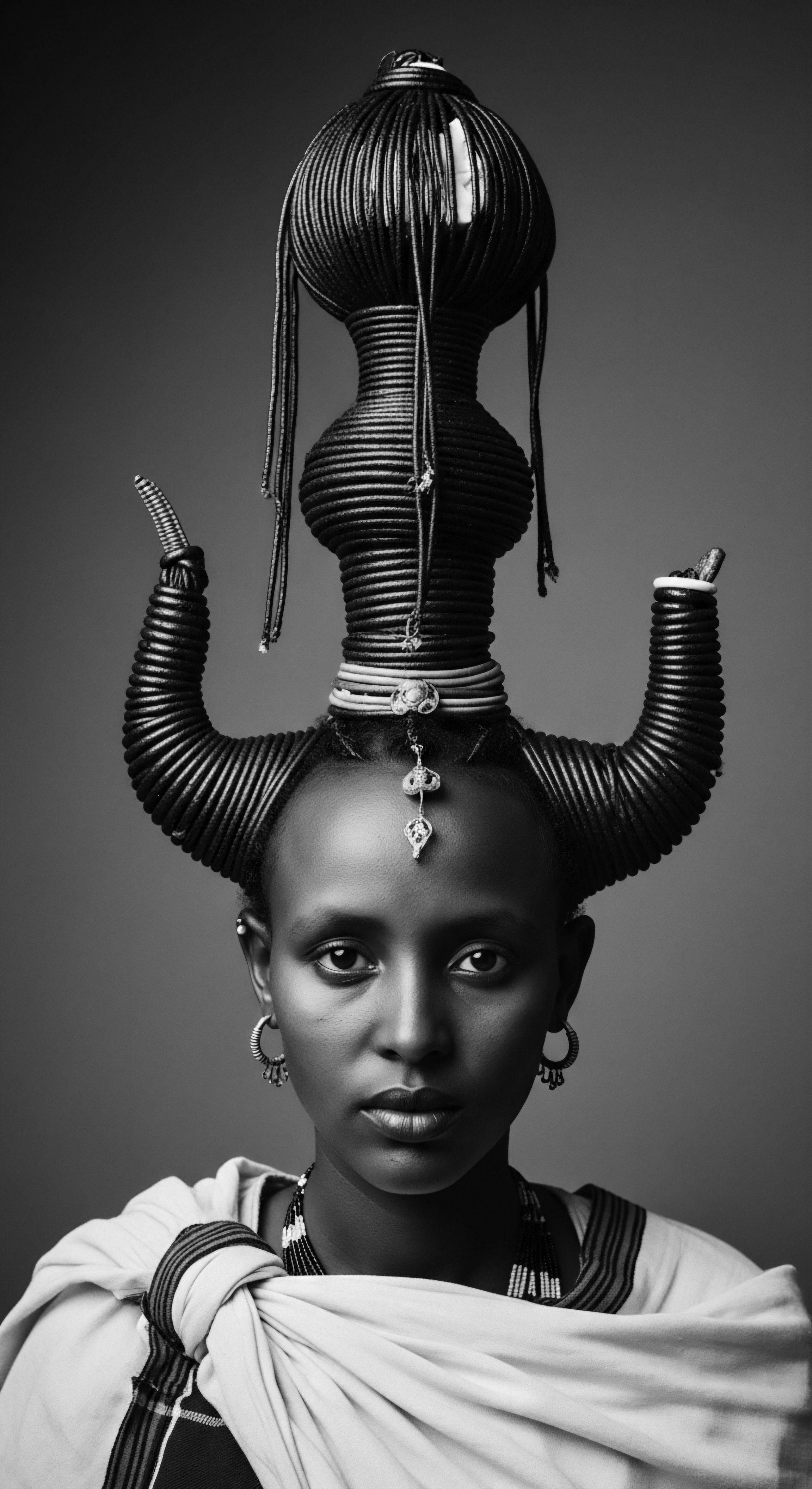
Can historical hair wrapping protect textured strands?
Historical hair wrapping deeply protected textured strands through environmental shielding, reduced manipulation, and preserved cultural identity.
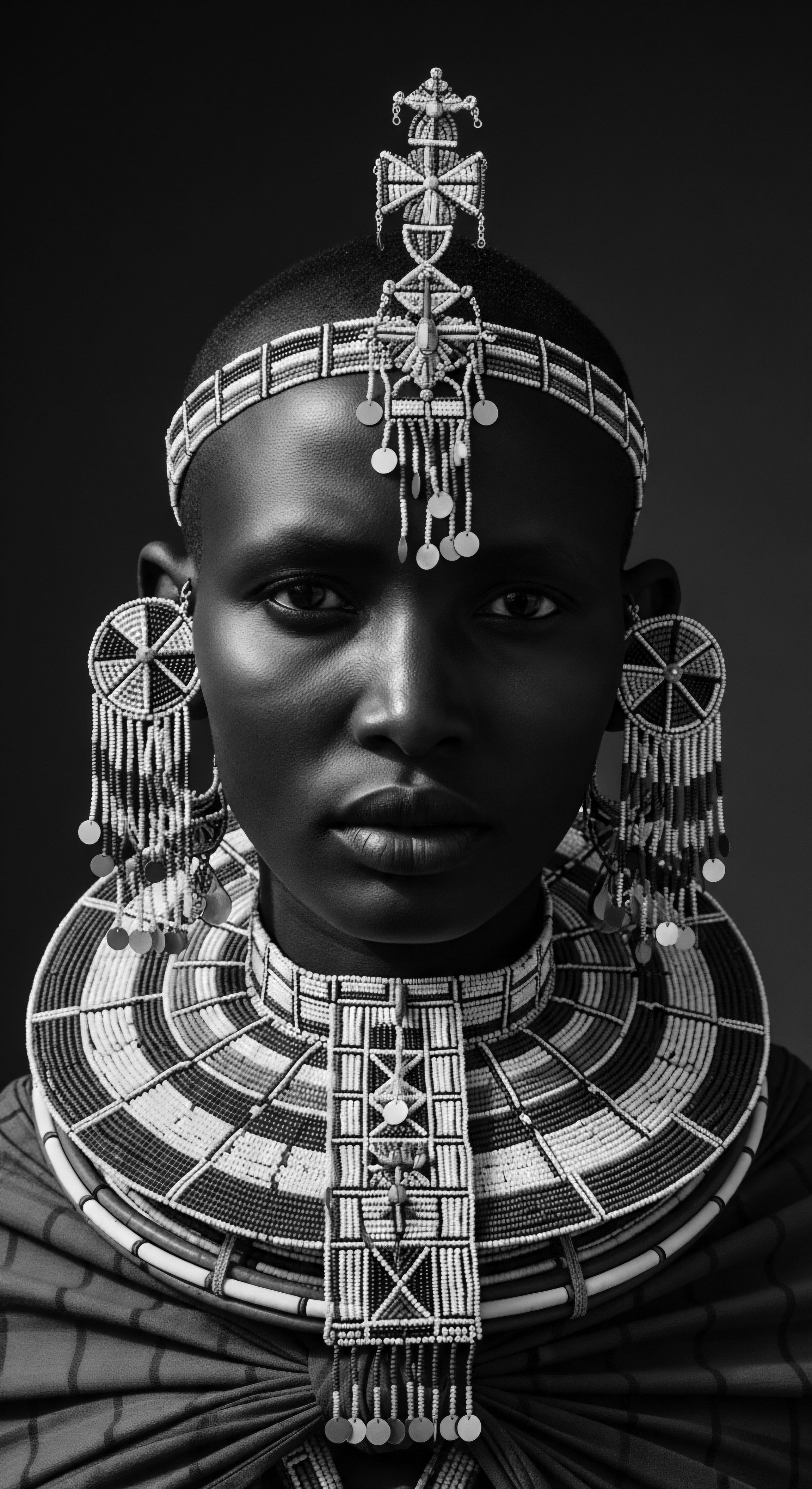
How did head wraps influence cultural identity for textured hair?
Head wraps for textured hair embody centuries of heritage, evolving from ancestral adornment to symbols of protection, defiance, and cultural pride.
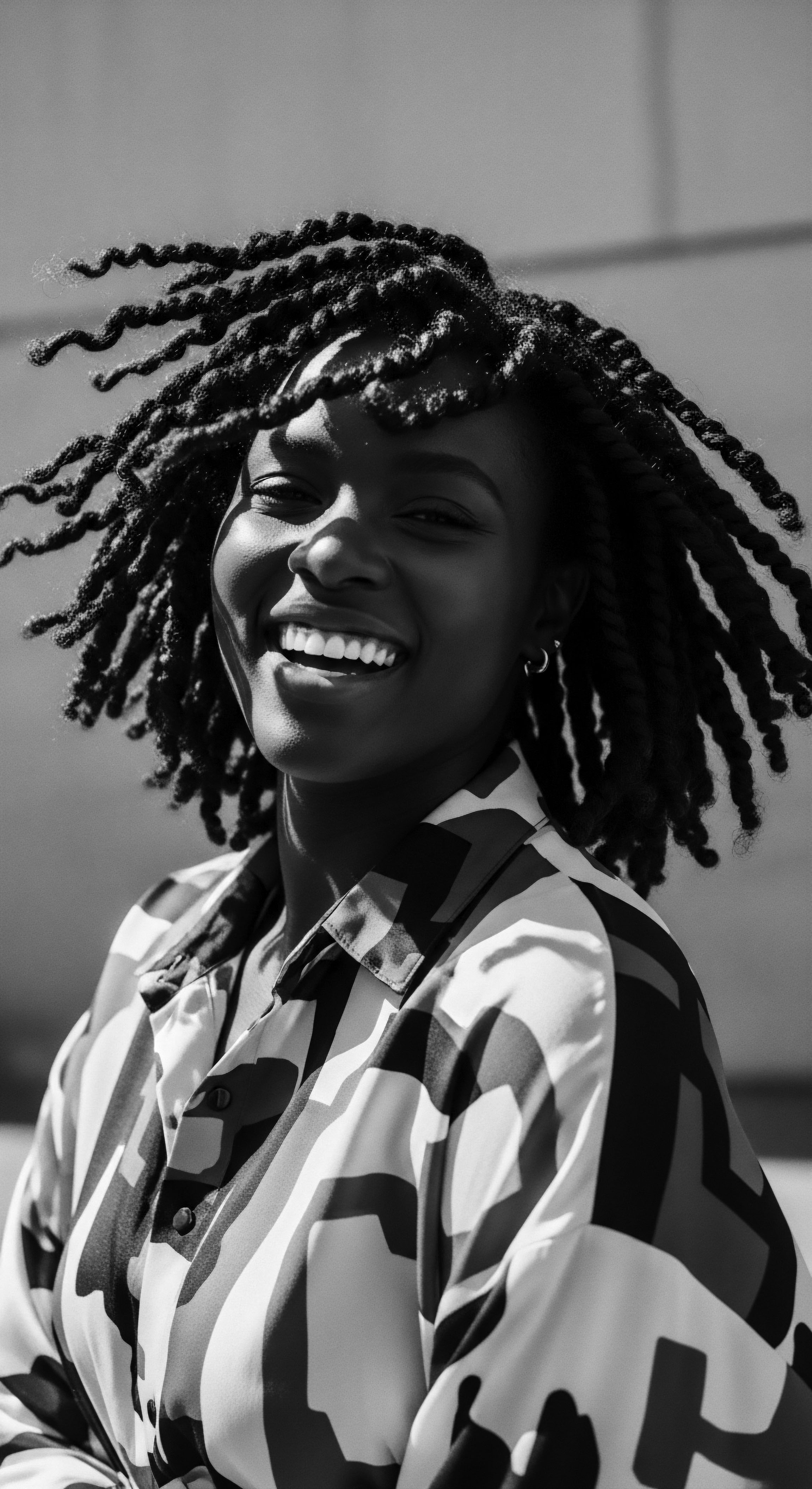
Why is Afro-textured hair called misunderstood?
Afro-textured hair is called misunderstood due to historical oppressions and a lack of cultural context, overshadowing its profound ancestral wisdom and scientific uniqueness.
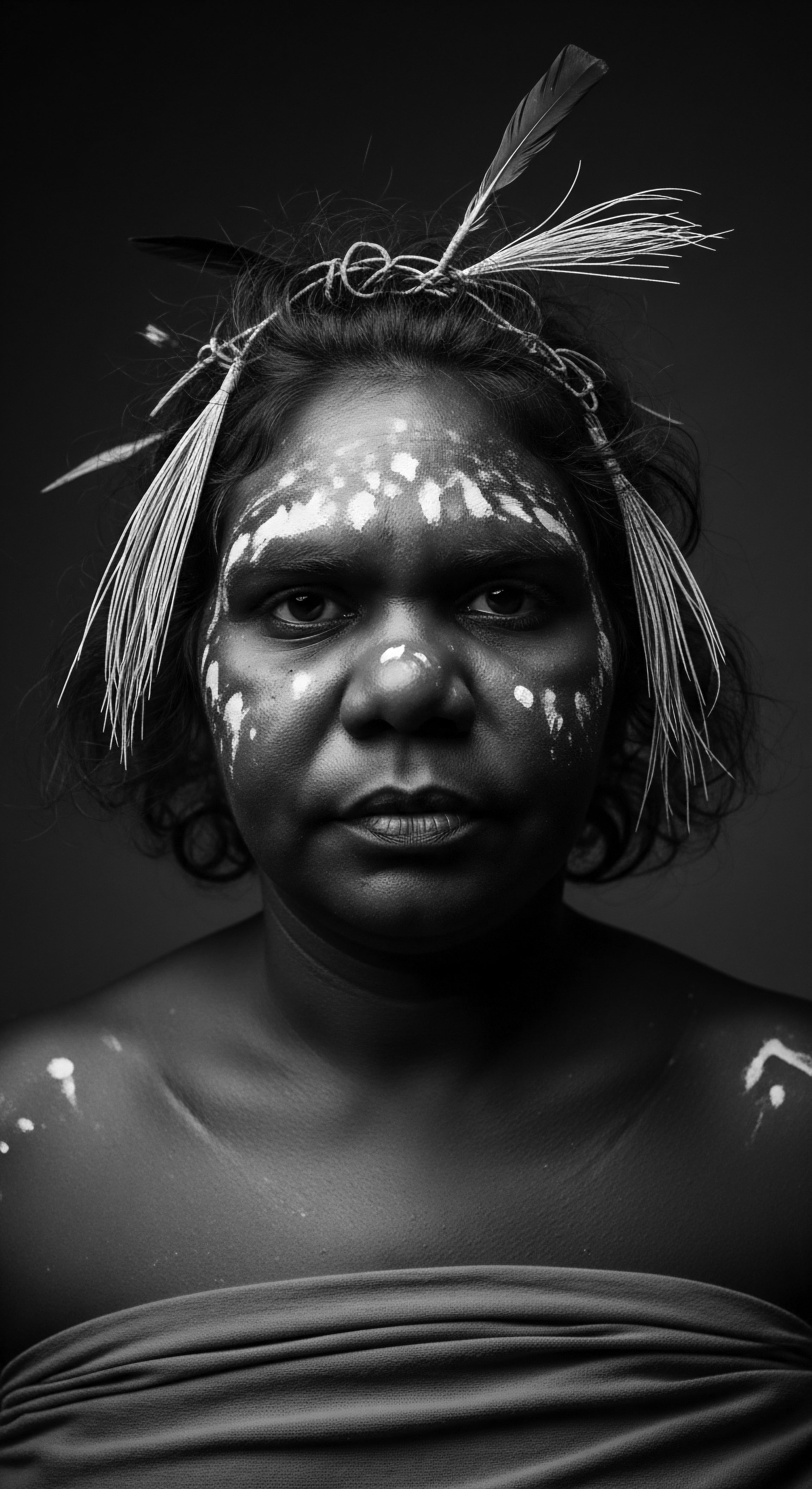
What are the historical and spiritual connections between head wraps and textured hair identity?
Head wraps embody a rich heritage for textured hair, symbolizing spiritual protection, cultural identity, and powerful resistance across generations.
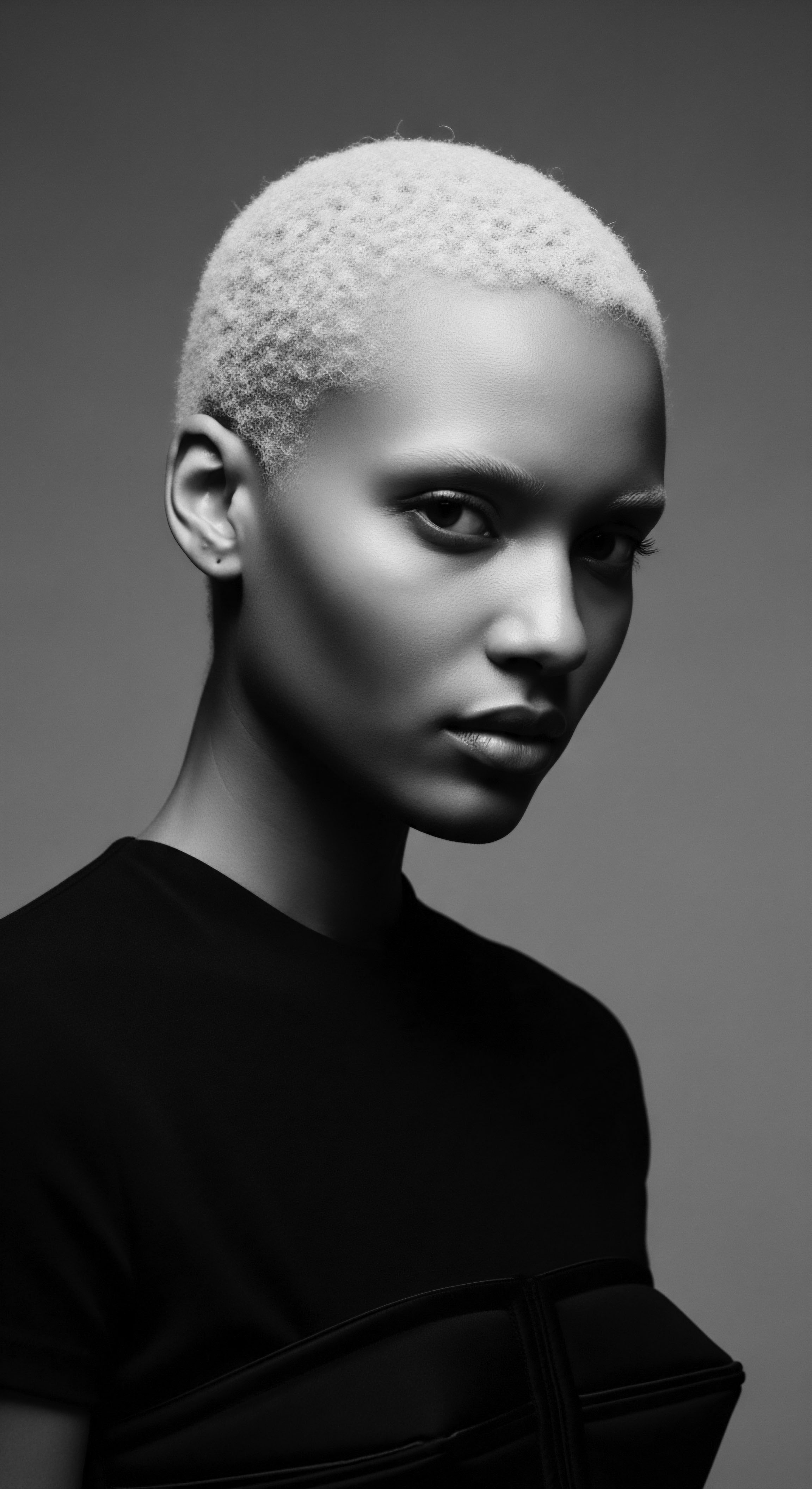
Hair Identity Prejudice
Meaning ❉ Hair Identity Prejudice is the negative bias and discrimination directed towards natural textured hair, particularly Black and mixed-race hair, deeply rooted in historical and cultural subjugation.
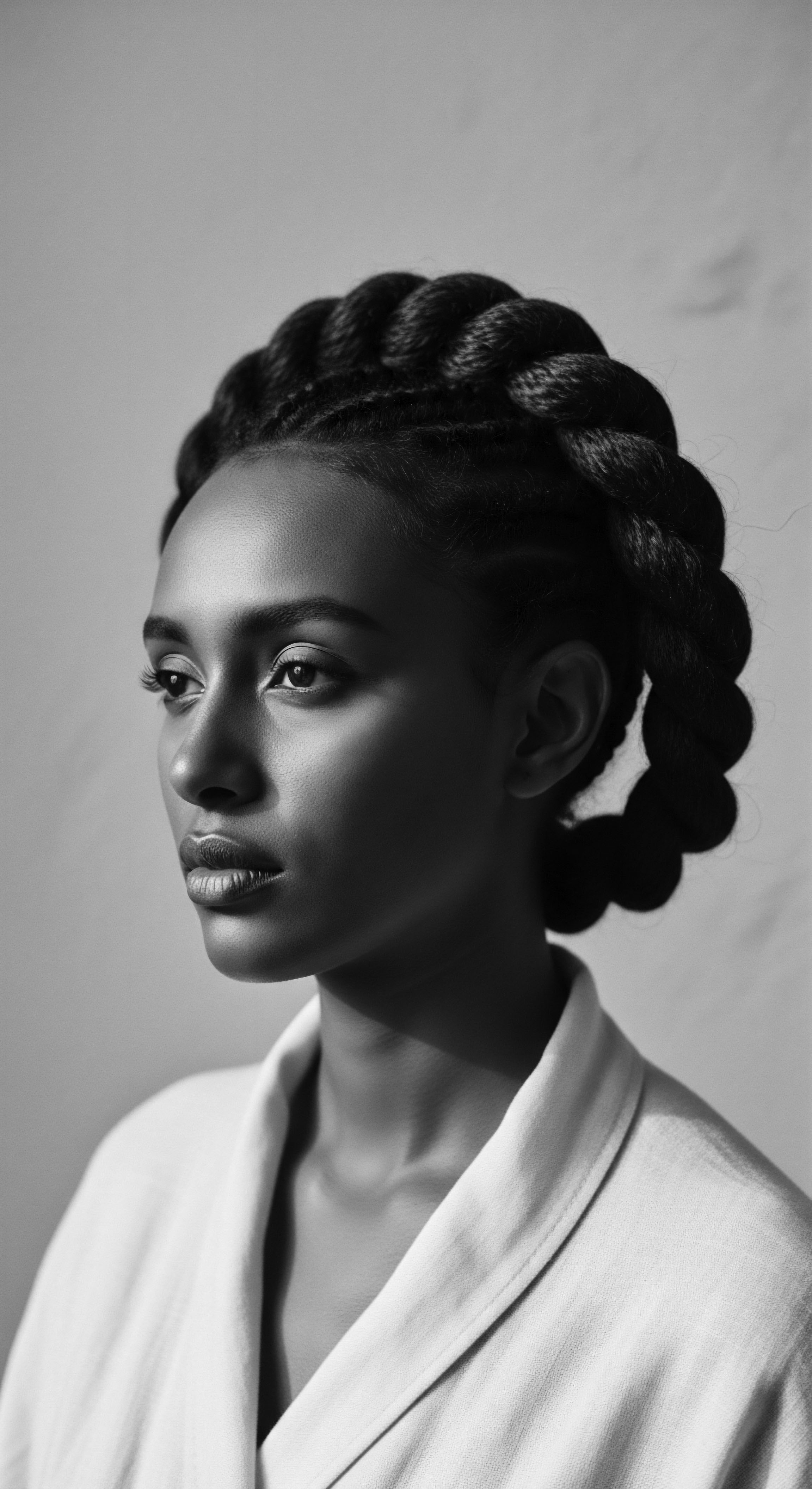
What ancestral methods protected textured hair from environmental stressors?
Ancestral methods safeguarded textured hair through protective styles, natural emollients, and communal wisdom, reflecting a deep heritage of resilience.
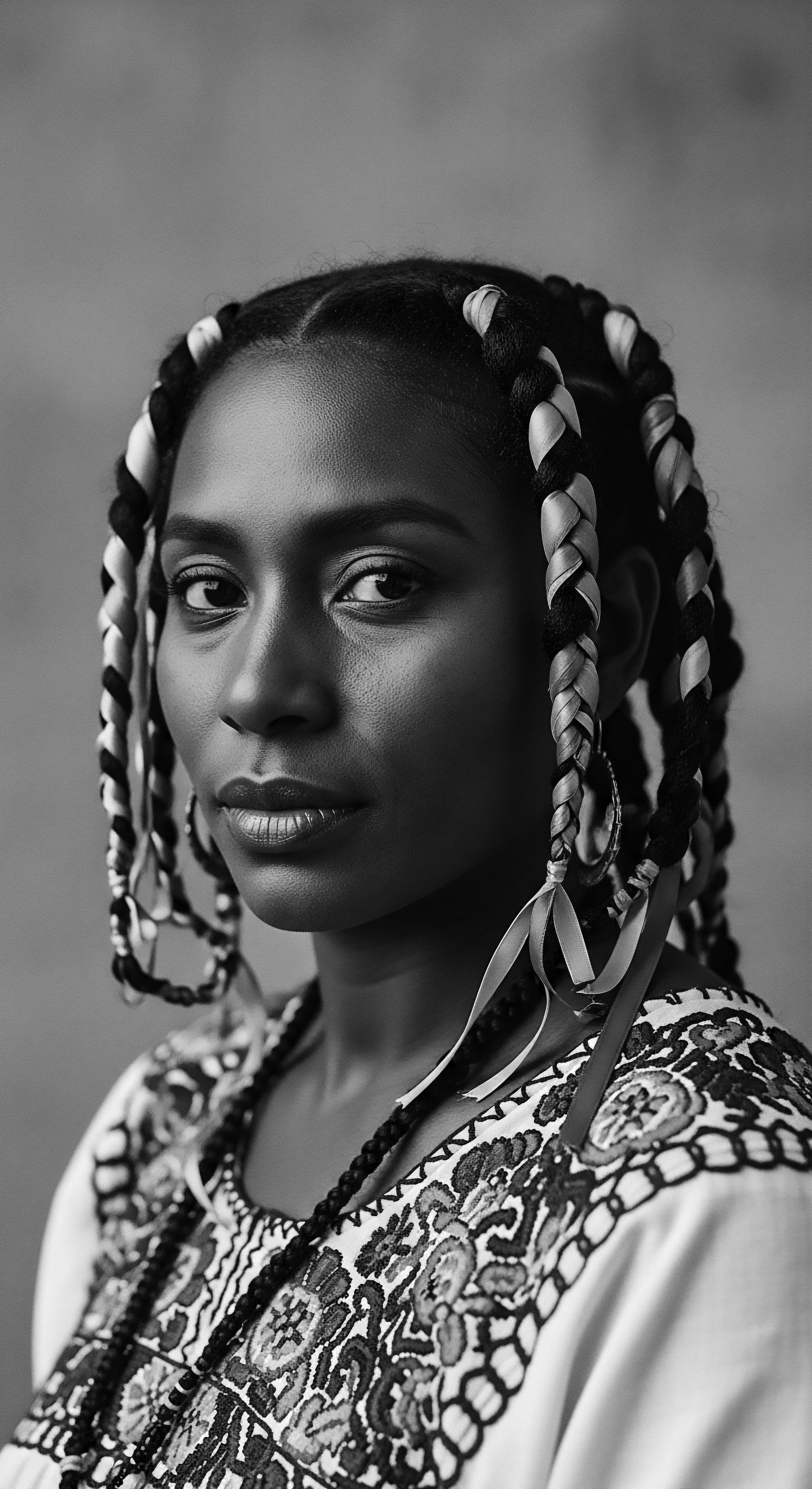
What historical burdens impact textured hair health today?
Historical oppression and Eurocentric beauty standards continue to shape textured hair health, impacting self-perception and care practices.
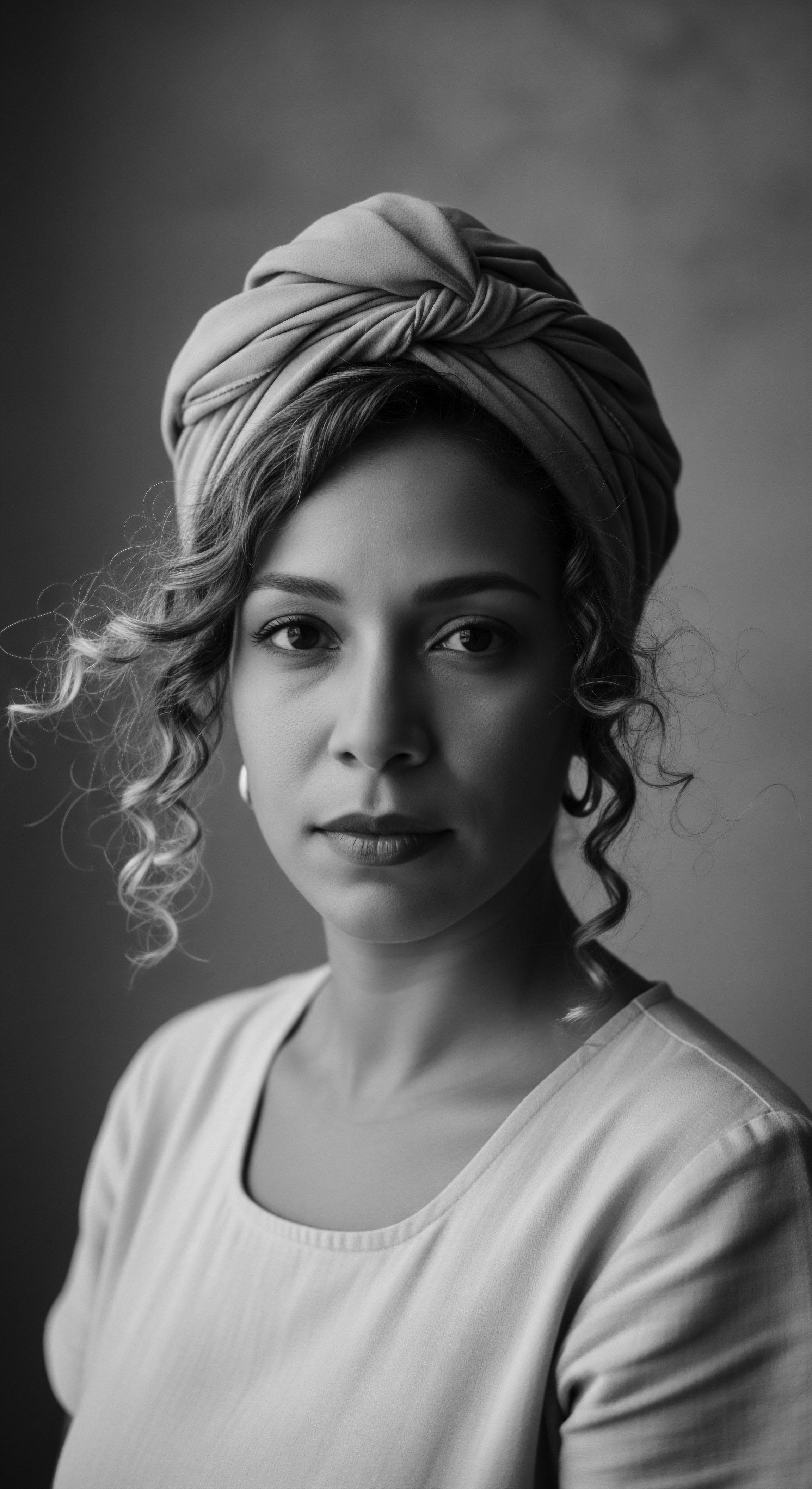
How does the legacy of the Tignon Laws shape modern textured hair movements?
The Tignon Laws' legacy fuels modern textured hair movements through ancestral defiance, transforming suppression into powerful heritage celebration.
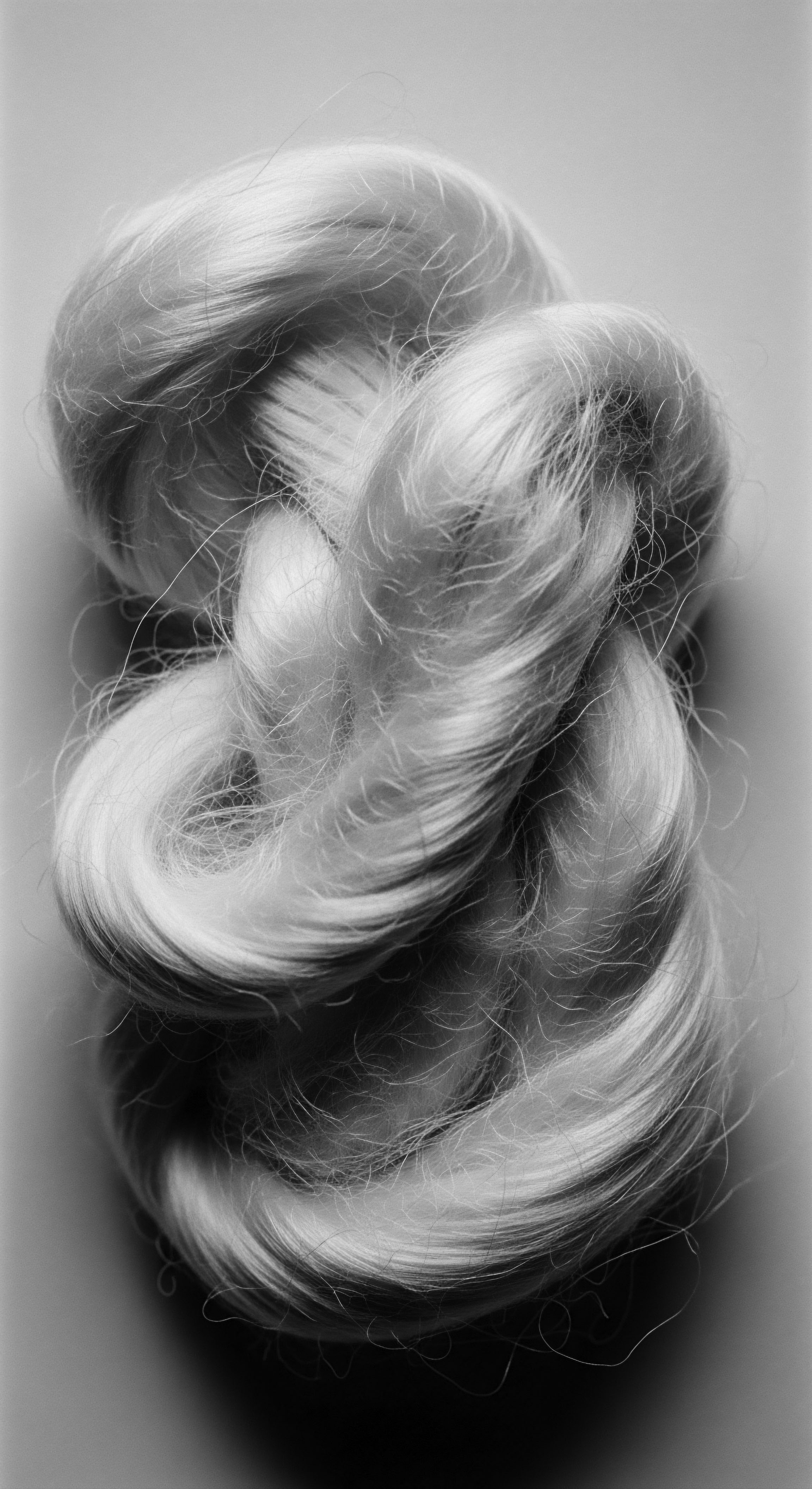
What Historical Headwear Protected Textured Hair?
Historical headwear protected textured hair by shielding it from environmental stressors and reducing friction, preserving moisture and styles.
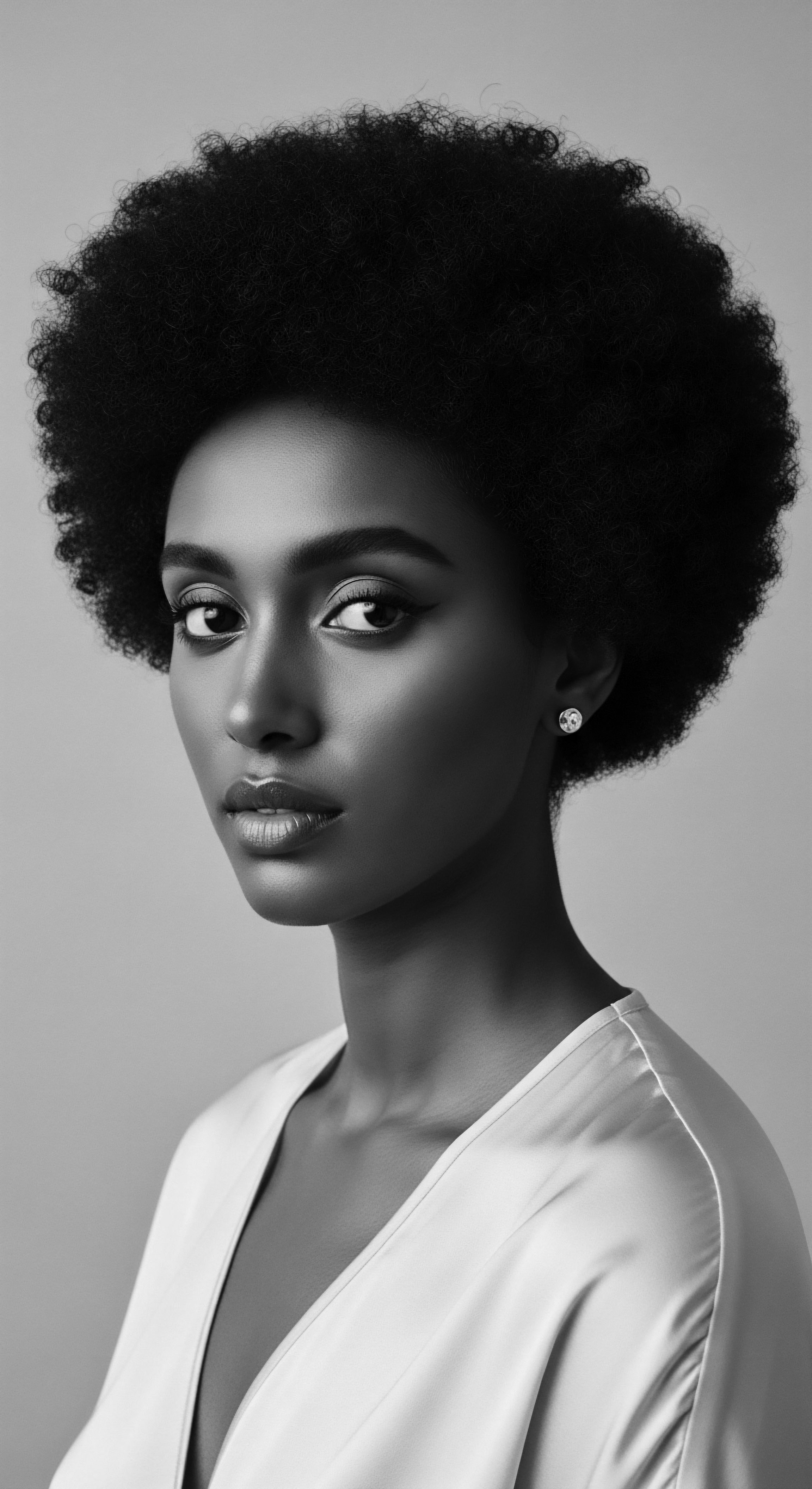
What historical periods most altered textured hair perceptions?
Historical periods of oppression and reclamation significantly altered textured hair perceptions, shifting from ancestral reverence to imposed disdain, then to powerful re-affirmation.
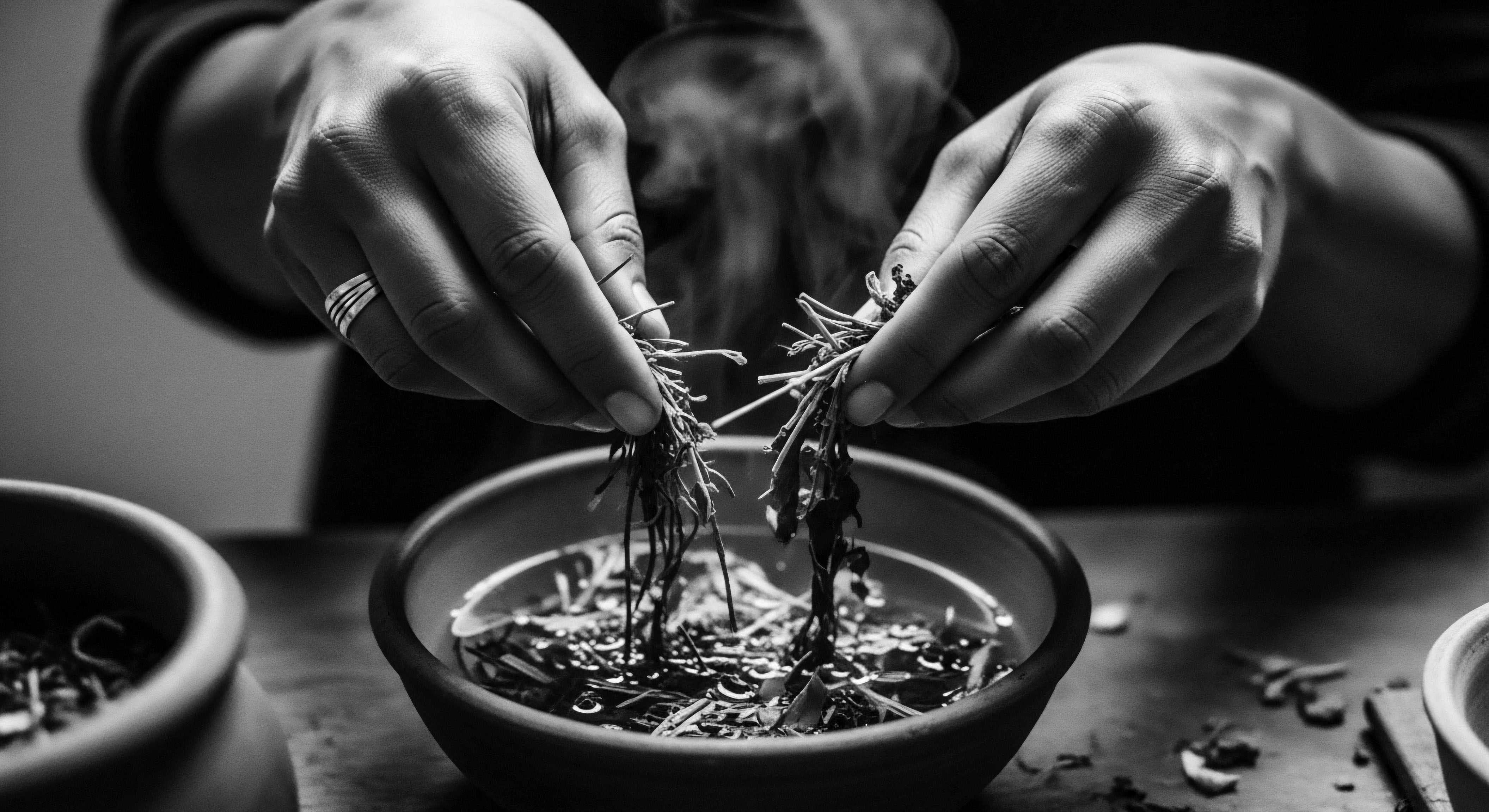
In what ways did colonial practices impact the perception and care of Black hair heritage?
Colonialism systematically devalued textured hair, transforming ancestral reverence into perceived inferiority, profoundly reshaping Black hair heritage.
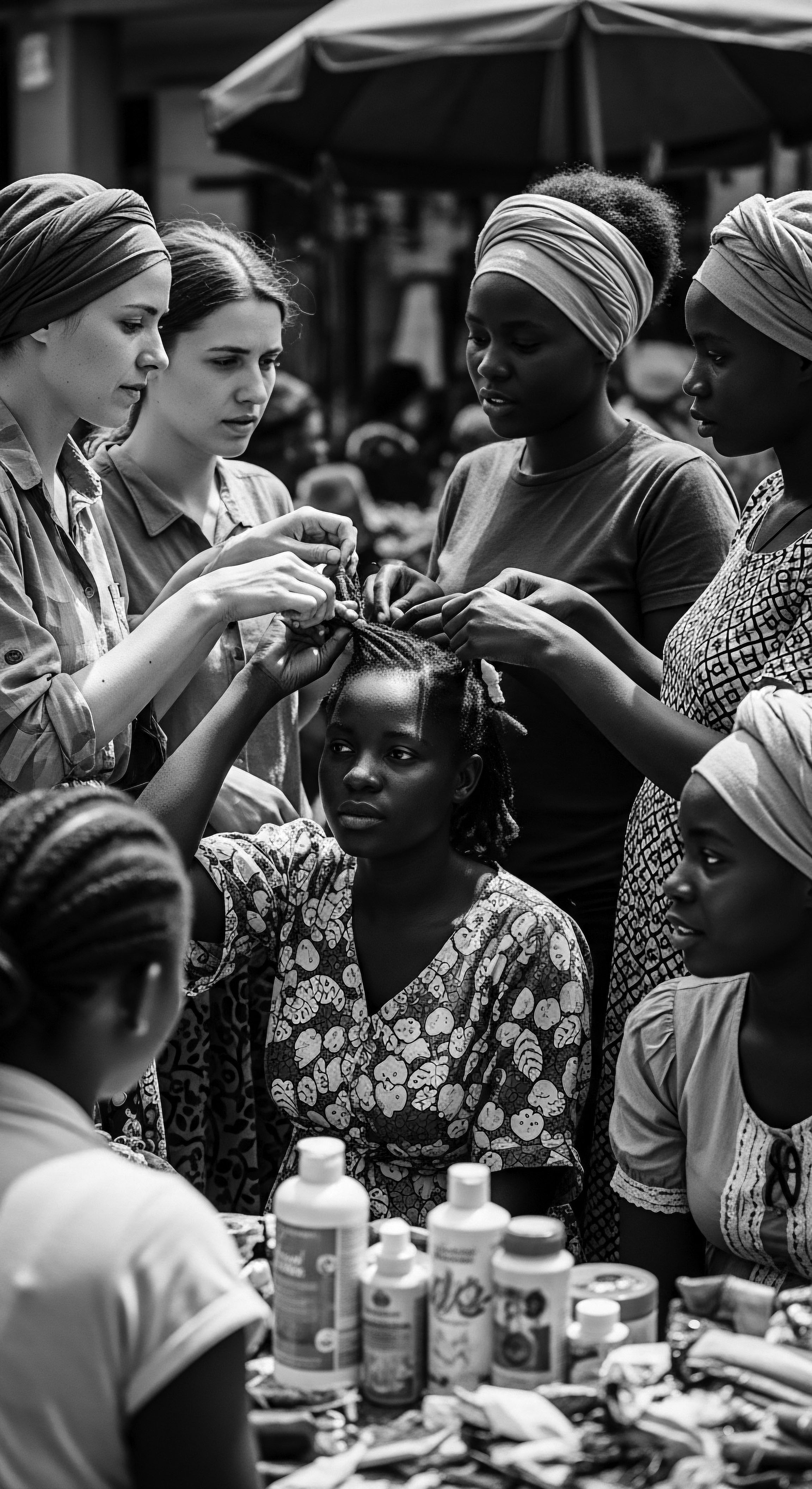
How does the legacy of Black hair inform contemporary textured hair wellness?
The legacy of Black hair profoundly shapes contemporary textured hair wellness through ancestral knowledge, cultural resilience, and scientific understanding.

